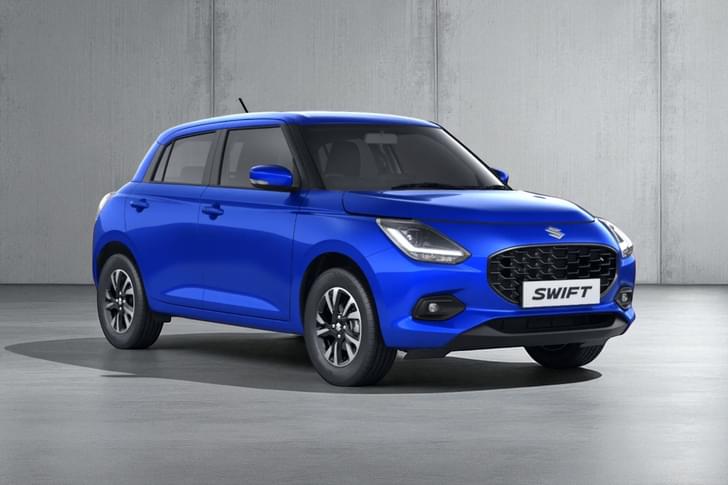The venerable Maruti Suzuki 800cc will get the axe by the end of this financial year (March 2023), Autocar India has learnt. Introduced under the hood of the first Maruti 800 – or Suzuki Fronte SS80 – that launched the brand in 1983, and lives on in the Alto of today, this four-decade-old engine will finally meet its end thanks to upcoming emission norms and limited demand.
- Maruti F8 petrol engine introduced in 1983
- Powered Maruti 800, Omni and Alto
- Current version offers 24.5kpl ARAI rating
Upcoming RDE norms to kill off multiple engines
We first broke the news in the September 2022 issue of Autocar India that the three-cylinder, 796cc petrol engine (codename: F8D) would not live past the end of FY2023, but really, the writing was already on the wall. With the introduction of the all-new Maruti Alto, and its move to the Heartect platform and new-gen ‘K10C’ 1.0-litre petrol engine, it was surprising, at first, to see the old Alto 800 continue alongside it. Why would Maruti Suzuki keep an old model around, and not put the F8D into the new car? We know now that it’s because this engine only has a short life left, and thus, it wouldn’t make sense to re-engineer it for an all-new car. Hence, the old model will soldier on as long as it can, and then get axed altogether.

The reason for this is two-fold; the first part being the upcoming RDE (Real Driving Emissions) norms that are set to come into effect in 2023, which the ageing engine would have to be upgraded to meet. Following BS6 phase one and CAFE II emission norms already in place, RDE will be the next challenge for all carmakers, and is expected to spell the end for a number of engines besides the F8D – especially smaller-capacity diesels in compact cars.
The reason it won’t be upgraded is because of diminishing demand. This engine exists in only one single model, and one which fewer people are buying. For long the bestselling model in India, the Alto is, these days, regularly overtaken by its more expensive siblings, the Swift, Dzire and Wagon R. While still the cheapest new car you can buy in India, increasing prices have meant the Alto 800 is no longer the enticing budget offering it once was, and many would much rather choose a more premium alternative for a meagre price jump. With the demise of this F8D engine, Maruti’s entry level model will be the new Alto K10.
Maruti’s first engine to retire at 40
It may have come to India in 1983, but the F8 engine actually originated in Japan in the 1970s. In its original form in India, called the F8B, it produced 39hp and 59Nm, and was updated in the year 2000 to the new F8D spec that bumped its output to 48hp and 69Nm. Crucially, however, it was also upgraded with fuel injection and four valves per cylinder, which meant that it not only met the BS2 emission norms of that time, it was future proofed all the way through to the introduction of BS6 in 2020. If you’re wondering what happened to the F8C, it was a different spec that didn’t make it to any Maruti, but instead, was used by Daewoo in the Matiz!
The F8 engine powered the Maruti 800, Maruti Omni and Maruti Alto, and has soldiered on for four decades as India’s quintessential entry-level car engine, barring the brief entry and exit of the Tata Nano. Despite its modest outputs, it felt peppy in the bantamweight cars it powered, and could boast of high fuel efficiency numbers – its best being an ARAI-rated 24.5kpl in the current Alto 800. It was initially available with a four-speed manual gearbox in F8B guise, and then a five-speed manual with the F8D. It was briefly even available with a three-speed automatic.
With increasingly stringent and frequent emissions regulations being enforced, carmakers are consolidating the number of engines they offer, because upgrading each engine each time is expensive and unviable if volumes are low.



































